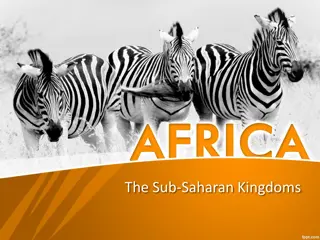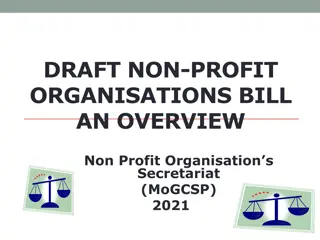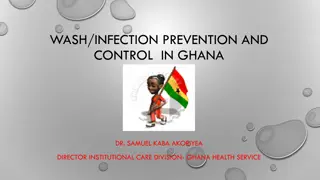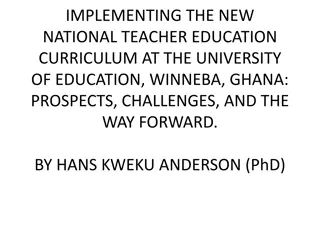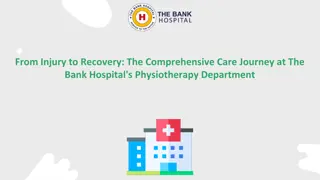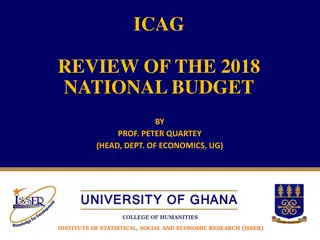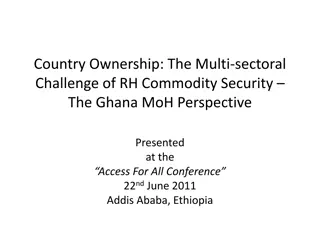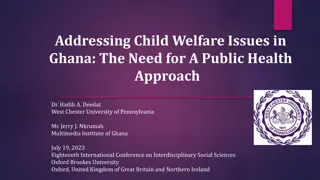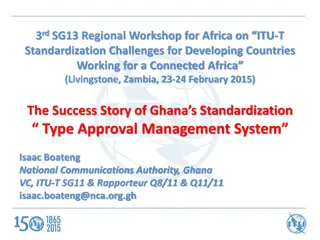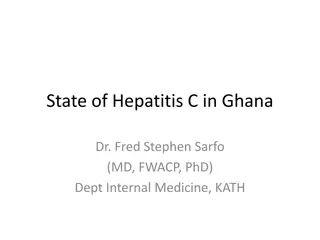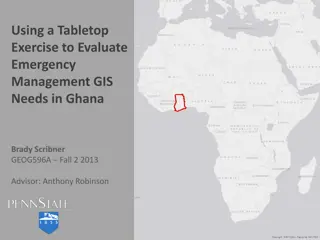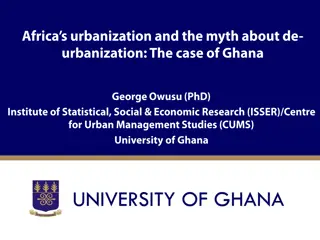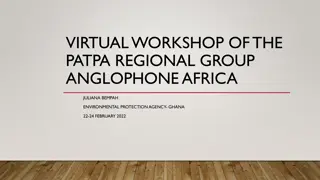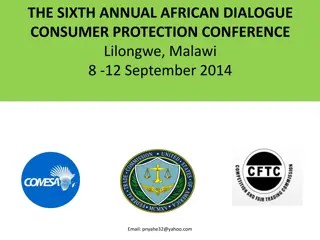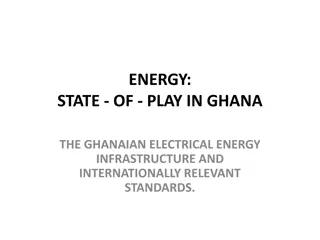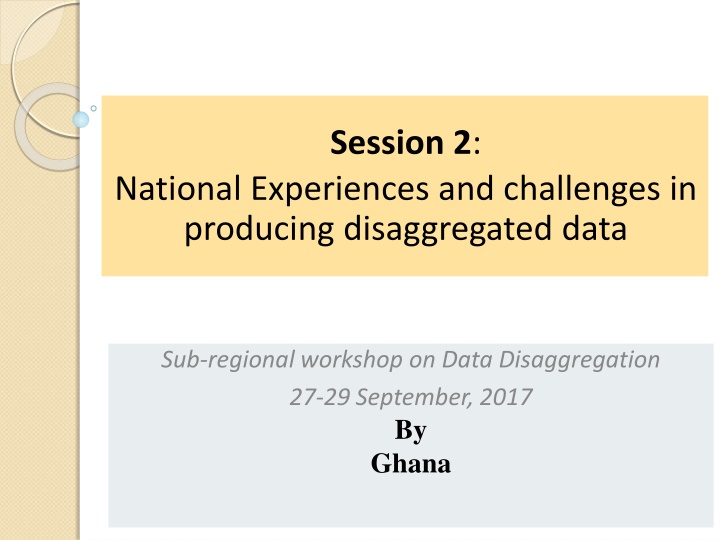
Producing Disaggregated Data: Ghana's National Experiences and Challenges
Explore Ghana's efforts in producing disaggregated data through various surveys and censuses, highlighting sources of data, levels of disaggregation, and encountered challenges such as issues related to disability and ethnicity.
Download Presentation

Please find below an Image/Link to download the presentation.
The content on the website is provided AS IS for your information and personal use only. It may not be sold, licensed, or shared on other websites without obtaining consent from the author. If you encounter any issues during the download, it is possible that the publisher has removed the file from their server.
You are allowed to download the files provided on this website for personal or commercial use, subject to the condition that they are used lawfully. All files are the property of their respective owners.
The content on the website is provided AS IS for your information and personal use only. It may not be sold, licensed, or shared on other websites without obtaining consent from the author.
E N D
Presentation Transcript
Session 2: National Experiences and challenges in producing disaggregated data Sub-regional workshop on Data Disaggregation 27-29 September, 2017 By Ghana 1
Outline Sources of Data Type/levels of disaggregation Some challenges encountered
Sources of data disaggregated Censuses (PHC): (1960,1970,1984,2000,2010 &Pre census 2020 activities) Surveys Ghana Living Standards Survey (GLSS) (1988/89,1991/92, 1998/99, 2005/6, 2012/13, 2016/17) Demographic & Health Surveys (DHS)- (1993,1998,2003,2008,2014)
Sources of data disaggregated contd Labor Force Survey (LFS)- 2015 Core Welfare Indicator Survey (CWIQ)- 1997,2003 Multiple Indicator Cluster Survey (MICS)- (2006, 2011, 2017) Malaria Indicator Survey (MIS)- 2016 Maternal Health Survey (GMHS) -2007, 2017 Transport Household Survey- 2007, 2012
Sources of data disaggregated contd User satisfaction survey (USS)- (2012, 2016) Integrated Business Establishment Survey (IBES)- 2003, 2014
Levels of disaggregation Sex Age: Single years, under5, 5-14yrs, 5-17yrs, 15- 24yrs, 15-35yrs, 15-60yrs, 15-64yrs, 65yrs+15+yrs, Level of education No educ. , Basic, secondary, higher educ. Disabilty -status and forms (Sight, Hearing, Physical, Emotional, Speech, Intellect, others)
Levels of disaggregation contd Ethnicity 10 major categories Religion Quintile Decile Poverty status- poor/non poor ISIC- 3 sectors (Agric, Industry, Service) ISCO -
Levels of disaggregation contd Geographical levels National Region District Enumeration area Type of locality -Urban/Rural Ecological zones- Coastal,Forest, Savannah
Challenges with some disaggregations (2010 PHC) Issues relating to disability - albinos wanted to be part of the categories Issues relating to ethnicity - some minority groups who were classified under certain broad ethnic groups wanted to stand on their own Religion - Some Muslim groups wanting to be classified as part of the categories.
END OF PRESENTATION Thank you for attention

